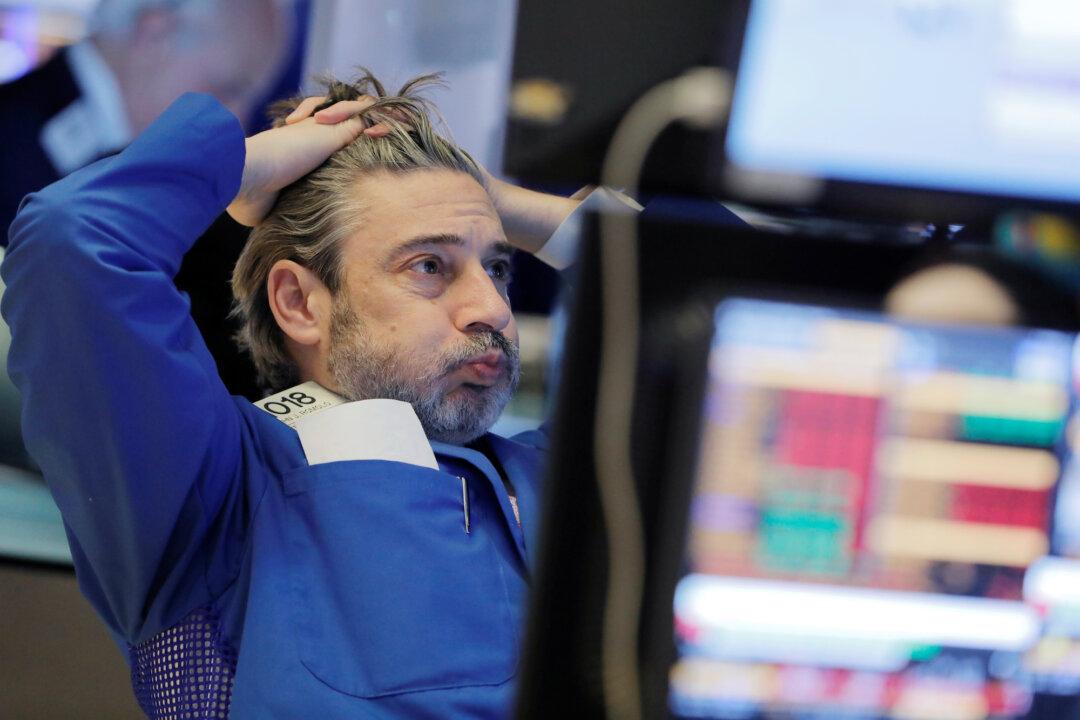The blue-chip Dow Jones Industrial Average (DJIA) fell by over 1,000 points in volatile trading intraday on Wednesday, as an oil price war and fading hopes for a fast coronavirus-related economic stimulus package sapped investor sentiment and continued to rock markets.
In a show of the kind of extreme volatility that has roiled markets in recent weeks, the Dow saw its worst-ever single-day drop of over 2,000 points on Monday, after Saudi Arabia announced oil price cuts and plans to pump more crude oil over the weekend, before soaring on Tuesday to close up by 1,167 points on hopes of an economic stimulus package by the Trump administration to counter COVID-19 economic fallout.





